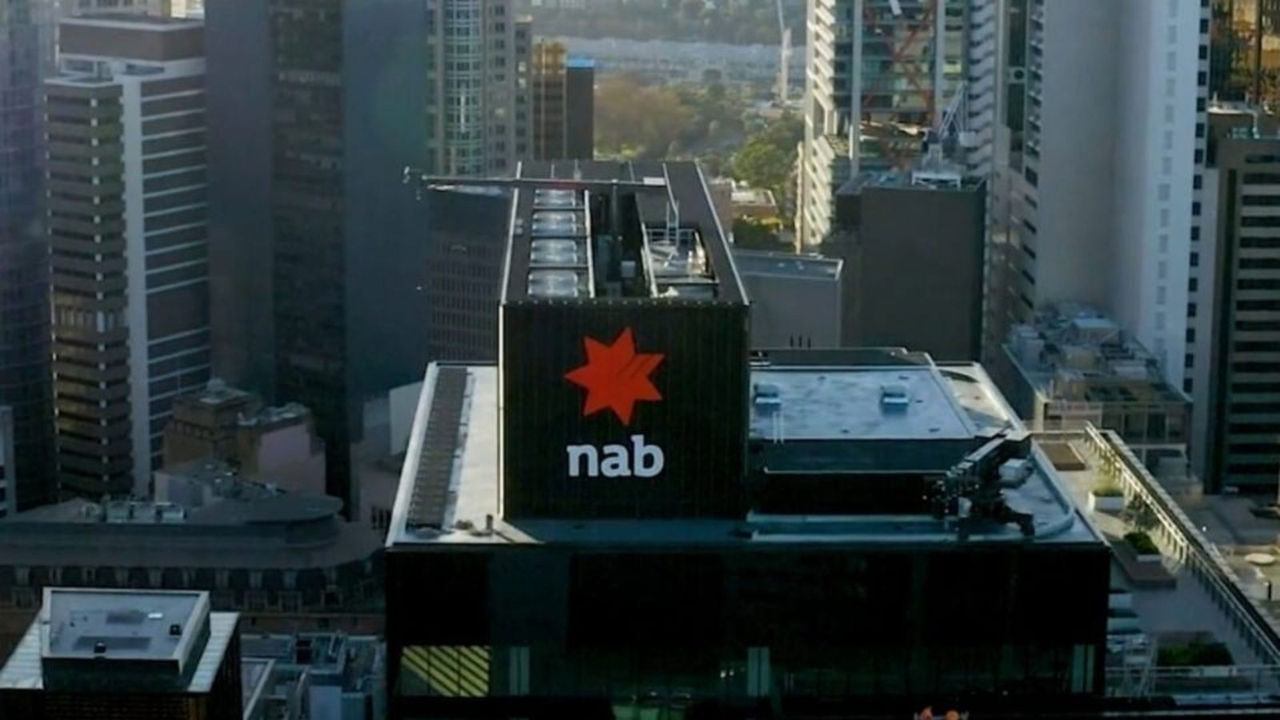NAB’s forecasts remain largely unchanged in the September The Forward View Australia, reflecting ongoing resilience in the economy and improving growth in the private sector.
18.09.2025
Published on 08.04.2025
As global and local markets shift under the weight of tariff announcements, NAB Group Chief Economist Sally Auld and JBWere Acting Chief Investment Officer Glen Bertram shared their expert insights on the current volatility.
The pair analysed the current economic landscape, highlighting the impacts of recent tariff announcements, and offered insights for investors.
NAB Group Chief Economist Sally Auld began by addressing the unexpected aggressiveness of the tariffs proposed by the Trump administration.
“The shock really was that the tariffs proposed were far more aggressive than most people, including ourselves, had expected,” she noted.
Dr Auld explained that the effective tariff rate had jumped from an anticipated 10% to 22%, representing a significant tax hike for the US economy. “This is probably one of the largest tax increases that we’ve seen for the US economy since the late 1960s,” she added.
Dr Auld outlined three primary channels through which these tariffs could impact the US economy: wealth effects, real disposable income, and sentiment.
She emphasised that the tariffs would likely lead to higher inflation and lower disposable income, which in turn would slow consumption—a major driver of US growth.
“We’re really looking at a world where the direction of forecast changes for the US in particular are quite uncomfortable, meaningfully lower growth and meaningfully higher inflation,” she said.
JBWere Chief Investment Officer Glen Bertram shifted focus to equity markets, underscoring the importance of diversified portfolios.
“This episode really highlights the benefits of running a diversified multi-asset portfolio,” he stated.
Mr Bertram said that while equity markets were experiencing significant volatility, high-grade fixed income and government bonds had performed well.
Bertram also discussed the potential downside for US corporate earnings, noting that historical recessions have always led to year-on-year declines in corporate earnings.
“Current estimates in the market for the S&P 500 are still calling for 10% year-on-year growth in US equities, but analysts will shortly start to be marking down their earnings,” he explained.
Dr Auld provided insights into NAB’s views on the cash rate, emphasising the Reserve Bank of Australia’s (RBA) capacity to cut rates more rapidly if necessary.
“There plenty of ammunition should the Reserve Bank see the case for a more rapid adjustment of monetary policy in coming months,” she noted.
Dr Auld mentioned that NAB expects the RBA to cut rates in May, with further cuts likely to follow in 2025, potentially bringing the cash rate to just above 3% by early 2026.
Dr Auld also discussed the neutral stance of monetary policy.
“A cash rate of around 3.10% is broadly about where we think the neutral cash rate is. At that point, monetary policy wouldn’t be much of a headwind to the economy, but nor would it be overly stimulatory,” she explained.
Both experts touched on the long-term risks and opportunities presented by the current economic environment.
Dr Auld warned of a potential loss of confidence in the US dollar and significant changes to global supply chains. “We have to start to factor in to investment decisions a possibly, structurally, much weaker US dollar outlook in coming years,” she said.
Mr Bertram, on the other hand, pointed out what the volatility could mean for long-term investors.
“While it’s uncomfortable, and while the volatility is extreme, what it does for us mechanically from a long-term investment perspective is that our anticipated returns from these levels are going up as markets fall,” he noted.
Dr Auld also provided a perspective on how Australia is positioned to weather the economic storm. She highlighted Australia’s low unemployment rate and the Reserve Bank’s capacity to ease policy as key strengths.
“Australia, relatively speaking, is in a good position,” she concluded.
The insights from NAB and JBWere underscore the complexity of the current economic landscape and different investment approaches.
As markets continue to navigate these turbulent times, their insight may help investors seeking to understand and respond to market volatility.
This article contains general information only and does not take into account your objectives, financial situation or needs. The views expressed by NAB representatives are their own and do not constitute any recommendation or advice. Before you make any decisions, consider seeking advice from a qualified professional.

Economy
NAB’s forecasts remain largely unchanged in the September The Forward View Australia, reflecting ongoing resilience in the economy and improving growth in the private sector.
18.09.2025

Economy
Business sentiment continues to brighten, with NAB’s August 2025 Monthly Business Survey pointing to a more positive outlook in line with recent improvements in official economic data.
10.09.2025

Economy
Recent data showing encouraging signs for Australian economy.
25.08.2025